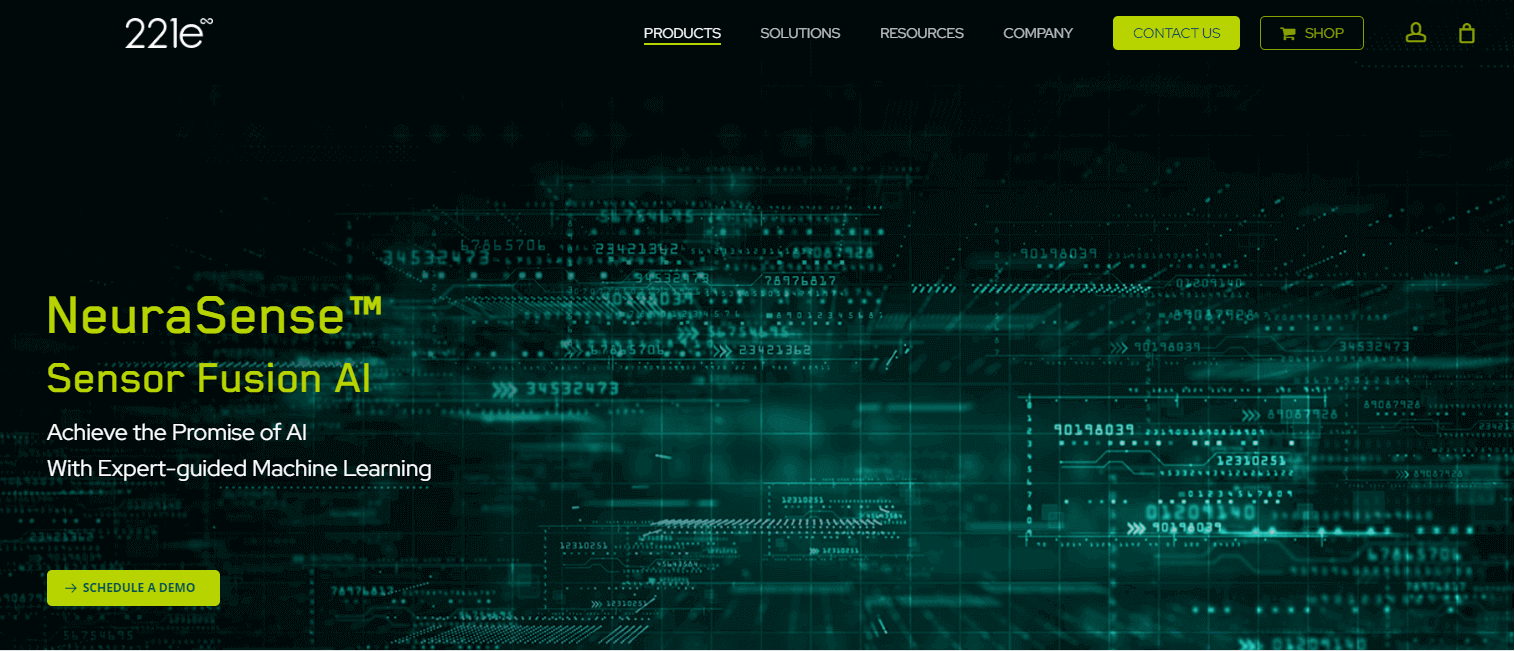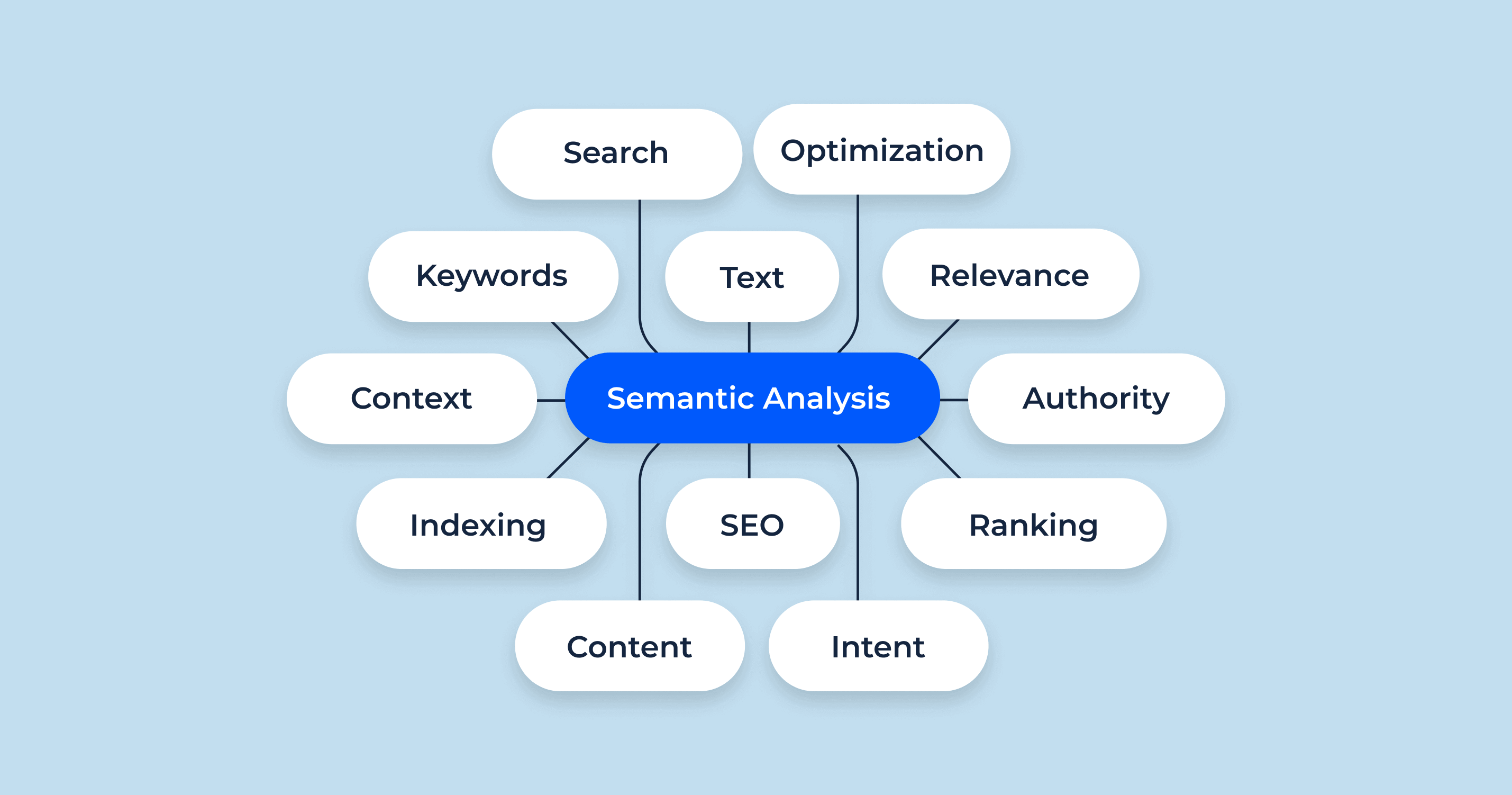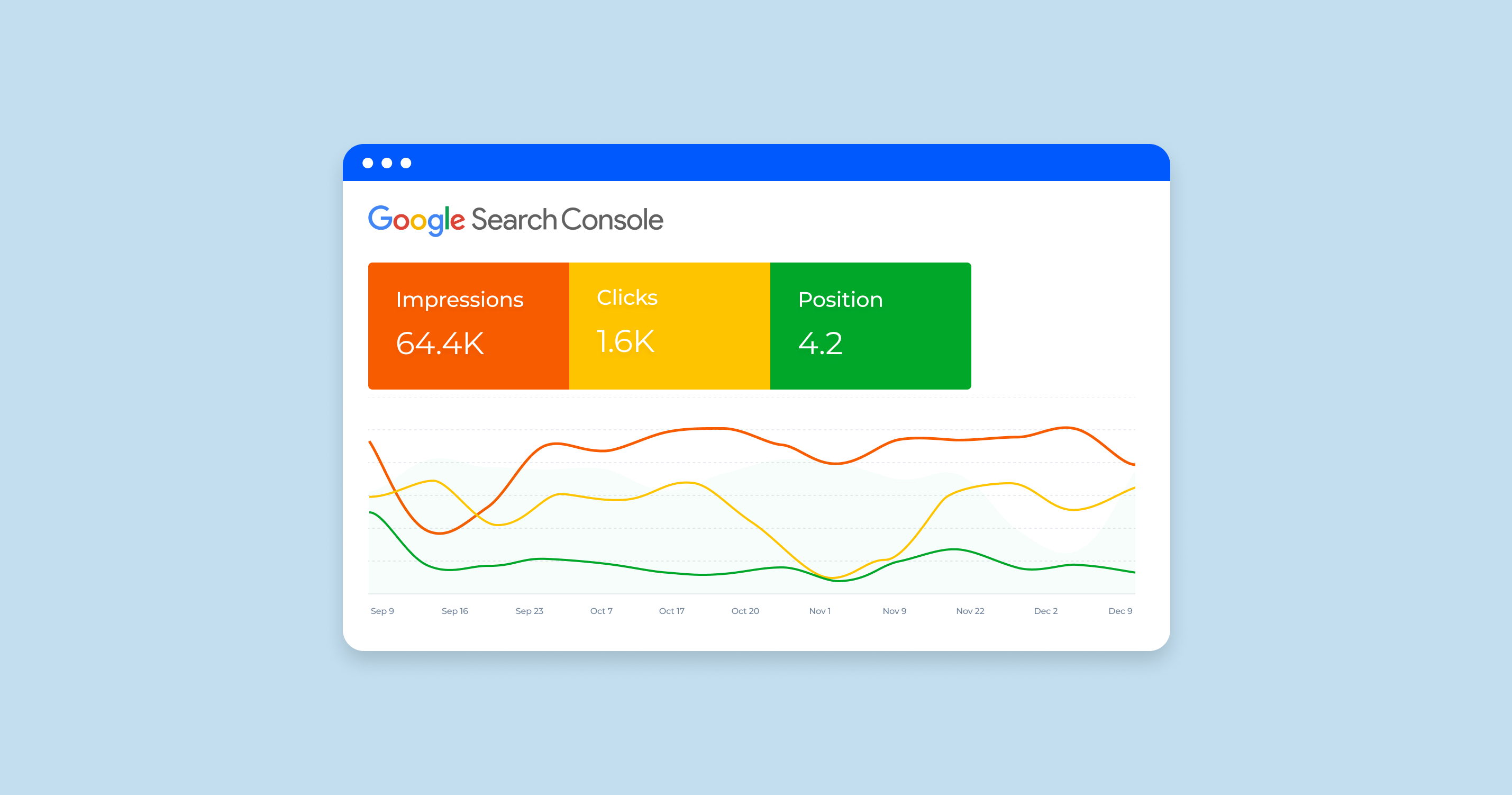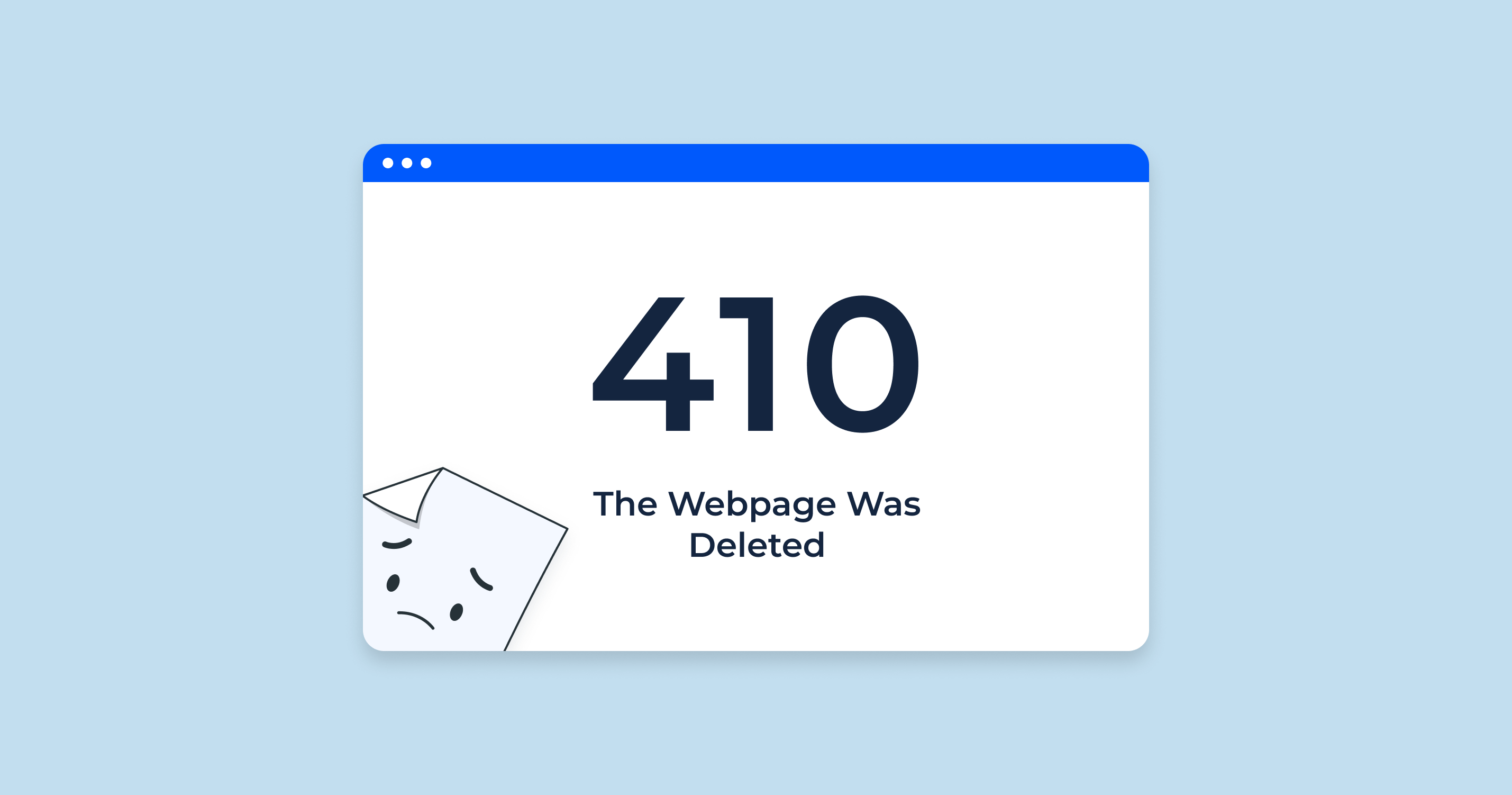What is Semantic Analysis?
Semantic analysis, often referred to as meaning analysis, is a process used in linguistics, computer science, and data analytics to derive and understand the meaning of a given text or set of texts. In computer science, it’s extensively used in compiler design, where it ensures that the code written follows the correct syntax and semantics of the programming language. In the context of natural language processing and big data analytics, it delves into understanding the contextual meaning of individual words used, sentences, and even entire documents. By breaking down the linguistic constructs and relationships, semantic analysis helps machines to grasp the underlying significance, themes, and emotions carried by the text.
Advantages of Semantic Analysis
- Enhanced Content Understanding: Semantic analysis enables machines to interpret human language with a depth that surpasses mere keyword matching. It aids in recognizing nuances, context, and relationships among words.
- Improved Search Accuracy: Search engines leverage semantic analysis to produce more relevant search results. Instead of merely fetching keyword-matched documents, search engines can understand the user’s intent behind a query.
- Tailored Marketing Insights: By understanding the sentiment and context of consumer reviews, businesses can gain a clearer picture of their products’ strengths and weaknesses.
- Advanced Data Analytics: Complex datasets, like research papers or lengthy documents, can be summarized, categorized, and analyzed for themes and patterns using semantic analysis.
- Facilitating Language Translation: Semantic analysis aids in more accurate language translations by understanding the context in which words and phrases are used, ensuring translated content retains its original meaning.
Critical Elements of Semantic Analysis
| Context Recognition | Identifying and understanding the context is crucial. Words can have different meanings based on their placement and surrounding content. |
| Entity Recognition | This involves pinpointing and classifying entities within the text, such as names of people, organizations, locations, and even specific values like dates and monetary amounts. |
| Relationship Mapping | Understanding how different words or entities relate to each other helps in grasping the overall narrative or sentiment of the content. |
| Syntax vs. Semantics | While syntax refers to the arrangement of words and phrases to create well-formed sentences, semantics focuses on meaning. An effective semantic analysis recognizes the interplay between these elements. |
| Polysemy & Homonym Handling | Words can have multiple meanings (polysemy) or sound the same but have different meanings (homonyms). Effective semantic analysis can distinguish between these based on context. |
| Machine Learning and AI Integration | Modern semantic analysis heavily relies on machine learning models and artificial intelligence to iteratively learn and improve from vast amounts of data, enhancing the accuracy of the analysis. |
This provides a foundational overview of how semantic analysis works, its benefits, and its core components. Further depth can be added to each section based on the target audience and the article’s length.
How Does Semantic Analysis Work?
Machine Learning Algorithm-Based Automated Semantic Analysis
Machine Learning (ML) has revolutionized the domain of semantic analysis by automating the process of extracting meaning from vast amounts of textual data. ML-based semantic analysis refers to semantic analysis driven tools the use of algorithms and models that can learn from data to understand and predict textual meaning without being explicitly programmed for specific tasks. Here’s a deeper dive into how ML plays a pivotal role in semantic analysis:
| Deep Learning and Neural Networks | The advent of deep learning, especially neural network architectures like Recurrent Neural Networks (RNNs) and Transformers, has enabled machines to model complex linguistic patterns. For instance, models like BERT (Bidirectional Encoder Representations from Transformers) are designed to understand the context of words in a sentence, leading to a more profound understanding of text. |
| Word Embeddings | Before deep learning, word embeddings like Word2Vec and GloVe transformed the way machines perceived text. These embeddings translate words into vectors in a high-dimensional space where semantically similar words are positioned closely. Such representation aids in capturing context and relationships among words. |
| Topic Modeling | Algorithms like Latent Dirichlet Allocation (LDA) are employed to classify and cluster textual data into various topics. By analyzing the distribution of words, these algorithms can deduce the primary themes or topics a document addresses. |
| Sentiment Analysis | ML models can be trained to understand the sentiment behind a piece of text. By analyzing datasets labeled with sentiments (like positive, negative, neutral), these models learn to predict the emotions conveyed by new, unseen text. |
| Transfer Learning | One of the significant advancements in ML-based semantic analysis is the ability to leverage pre-trained models. Instead of training a model from scratch, one can use a model pre-trained on a vast dataset and fine-tune it for specific semantic analysis tasks, saving time and computational resources. |
| Continuous Learning and Adaptation | An advantage of ML algorithms is their ability to continuously learn. As more data becomes available, the models can be retrained or fine-tuned to adapt to new linguistic patterns, slang, or emerging terminologies. |
| Challenges | Despite its prowess, ML-based semantic analysis isn’t without challenges. Ambiguities in language, sarcasm, idioms, and cultural nuances can sometimes mislead algorithms. However, with the integration of more extensive and diverse training datasets and the advancement of algorithms, these challenges are continually being addressed. |
Machine Learning has not only enhanced the accuracy of semantic analysis but has also paved the way for scalable, real-time analysis of vast textual datasets. As the field of ML continues to evolve, it’s anticipated that machine learning tools and its integration with semantic analysis will yield even more refined and accurate insights into human language.
Semantic Analysis Techniques
Semantic Classification Models
Semantic classification models focus on categorizing textual data into predefined classes or groups based on their meaning or context. These models don’t necessarily extract specific details from the text; instead, they identify which category or class the text belongs to. Here are the fundamental aspects and applications of semantic classification models:
- Text Categorization: These models can classify news articles into genres (e.g., sports, politics, entertainment), blog posts into themes, or emails into categories like spam or not-spam.
- Sentiment Analysis: By training on labeled data, these models can categorize sentiments in reviews as positive, negative, or neutral.
- Intent Detection: Widely used in chatbots and virtual assistants, these models can classify user queries into distinct intents like booking a ticket, asking a question, or reporting an issue.
- Language Detection: Given a piece of text, models can classify which language it’s written in, facilitating further language-specific processing.
- Techniques and Algorithms: Various machine learning algorithms, such as Support Vector Machines (SVM), Naive Bayes, and deep learning architectures like Convolutional Neural Networks (CNNs), are employed for semantic classification tasks.
Semantic Extraction Models
Semantic extraction models, as the name suggests, focus on extracting specific pieces of information from a given text. They don’t just categorize the text; they pull out essential details and entities from it. Here are the core aspects and applications of semantic extraction models:
- Named Entity Recognition (NER): This involves identifying and classifying named entities in the text into categories like person names, organizations, locations, dates, and other predefined classes.
- Relationship Extraction: Post NER, models can be trained to identify relationships between the extracted entities. For instance, in the sentence “Barack Obama was born in Hawaii,” the relationship between the entity “Barack Obama” and “Hawaii” is “born in.”
- Coreference Resolution: This is about determining which words (“pronouns” and “nouns”) in a text refer to the same entity. For example, in “Julia passed the ball to Jane. She shot a goal,” “She” refers to “Jane.”
- Keyphrase Extraction: Models can be designed to pull out key phrases or terms from a document, giving a quick understanding of the document’s primary themes or topics.
- Fact Extraction: This involves pulling out factual data from textual content, such as extracting specifications from product descriptions or key events from news articles.
- Techniques and Algorithms: For extraction tasks, Sequence tagging methods like Conditional Random Fields (CRF) and deep learning models, especially Recurrent Neural Networks (RNNs) and Transformers, have shown excellent results.
Examples of Semantic Analysis in Action
Semantic analysis has become an indispensable tool for various companies and technologies, enabling them to extract value from textual data, enhance user and customer experience further, and drive innovation. Below are some hypothetical examples:
1. NeuraSense Inc’s Personalized Content Recommendation

NeuraSense Inc, a leading content streaming platform in 2023, has integrated advanced semantic analysis algorithms to provide highly personalized content recommendations to its users. By analyzing user reviews, feedback, and comments, the platform understands individual user sentiments and preferences. Instead of merely recommending popular shows or relying on genre tags, NeuraSense’s system analyzes the deep-seated emotions, themes, and character developments that resonate with users. For example, if a user expressed admiration for strong character development in a mystery series, the system might recommend another series with intricate character arcs, even if it’s from a different genre.
2. EcoGuard’s Environmental News Analyzer

The world became more eco-conscious, EcoGuard developed a tool that uses semantic analysis to sift through global news articles, blogs, and reports to gauge the public sentiment towards various environmental issues. This AI-driven tool not only identifies factual data, like t he number of forest fires or oceanic pollution levels but also understands the public’s emotional response to these events. By correlating data and sentiments, EcoGuard provides actionable and valuable insights to NGOs, governments, and corporations to drive their environmental initiatives in alignment with public concerns and sentiments.
3. MedIntel’s Patient Feedback System

MedIntel, a global health tech company, launched a patient feedback system in 2023 that uses a semantic analysis process to improve patient care. Rather than using traditional feedback forms with rating scales, patients narrate their experience in natural language. MedIntel’s system employs semantic analysis to extract critical aspects of patient feedback, such as concerns about medication side effects, appreciation for specific caregiving techniques, or issues with hospital facilities. By understanding the underlying sentiments and specific issues, hospitals and clinics can tailor their services more effectively to patient needs.
Top Applications of Semantic Analysis
1. Conversational Chatbots
Conversational chatbots have come a long way from rule-based systems to intelligent agents that can engage users in almost human-like conversations. The application of semantic analysis in chatbots allows them to understand the intent and context behind user queries, ensuring more accurate and relevant responses. For instance, if a user says, “I want to book a flight to Paris next Monday,” the chatbot understands not just the keywords but the underlying intent to make a booking, the destination being Paris, and the desired date.
2. Automated Ticketing Support
In the realm of customer support, automated ticketing systems leverage semantic analysis to classify and prioritize customer complaints or inquiries. When a customer submits a ticket saying, “My app crashes every time I try to login,” semantic analysis helps the system understand the criticality of the issue (app crash) and its context (during login). As a result, tickets can be automatically categorized, prioritized, and sometimes even provided to customer service teams with potential solutions without human intervention. This level of automation plays a key role in digital customer care, ensuring that customers receive faster responses and more accurate resolutions.
3. Sentiment Analysis
Sentiment analysis, a subset of semantic analysis, dives deep into textual data to gauge emotions and sentiments. Companies use this to understand customer feedback, online reviews, or social media mentions. For instance, if a new smartphone receives reviews like “The battery doesn’t last half a day!” or “Amazing camera quality!”, sentiment analysis can categorize the former as negative feedback about the battery and the latter as positive feedback about the camera.
4. Search Engine Results
Search engines like Google heavily rely on semantic analysis to produce relevant search results. Earlier search algorithms focused on keyword matching, but with semantic search, the emphasis is on understanding the intent behind the search query. If someone searches for “Apple not turning on,” the search engine recognizes that the user might be referring to an Apple product (like an iPhone or MacBook) that won’t power on, rather than the fruit.
5. Language Translation
Semantic analysis plays a pivotal role in modern language translation tools. Translating a sentence isn’t just about replacing words from one language with another; it’s about preserving the original meaning and context. For instance, a direct word-to-word translation might result in grammatically correct sentences that sound unnatural or lose their original intent. Semantic analysis ensures that translated content retains the nuances, cultural references, and overall meaning of the original text.
Conclusion
Semantic analysis has firmly positioned itself as a cornerstone in the world of natural language processing, ushering in an era where machines not only process text but genuinely understand it. As we’ve seen, from chatbots enhancing user interactions to sentiment analysis decoding the myriad emotions within textual data, the impact of semantic data analysis alone is profound. As technology continues to evolve, one can only anticipate even deeper integrations and innovative applications. As we look ahead, it’s evident that the confluence of human language and technology will only grow stronger, creating possibilities that we can only begin to imagine.









